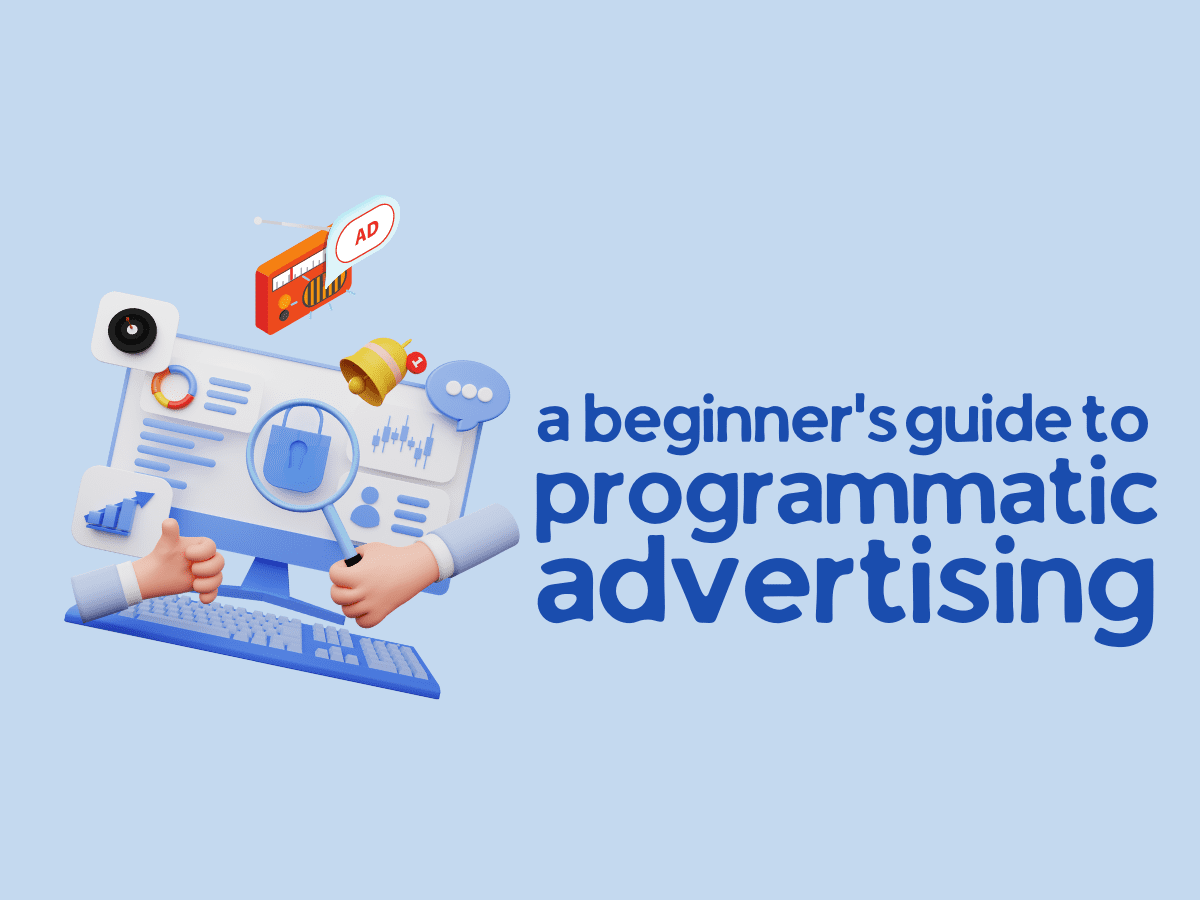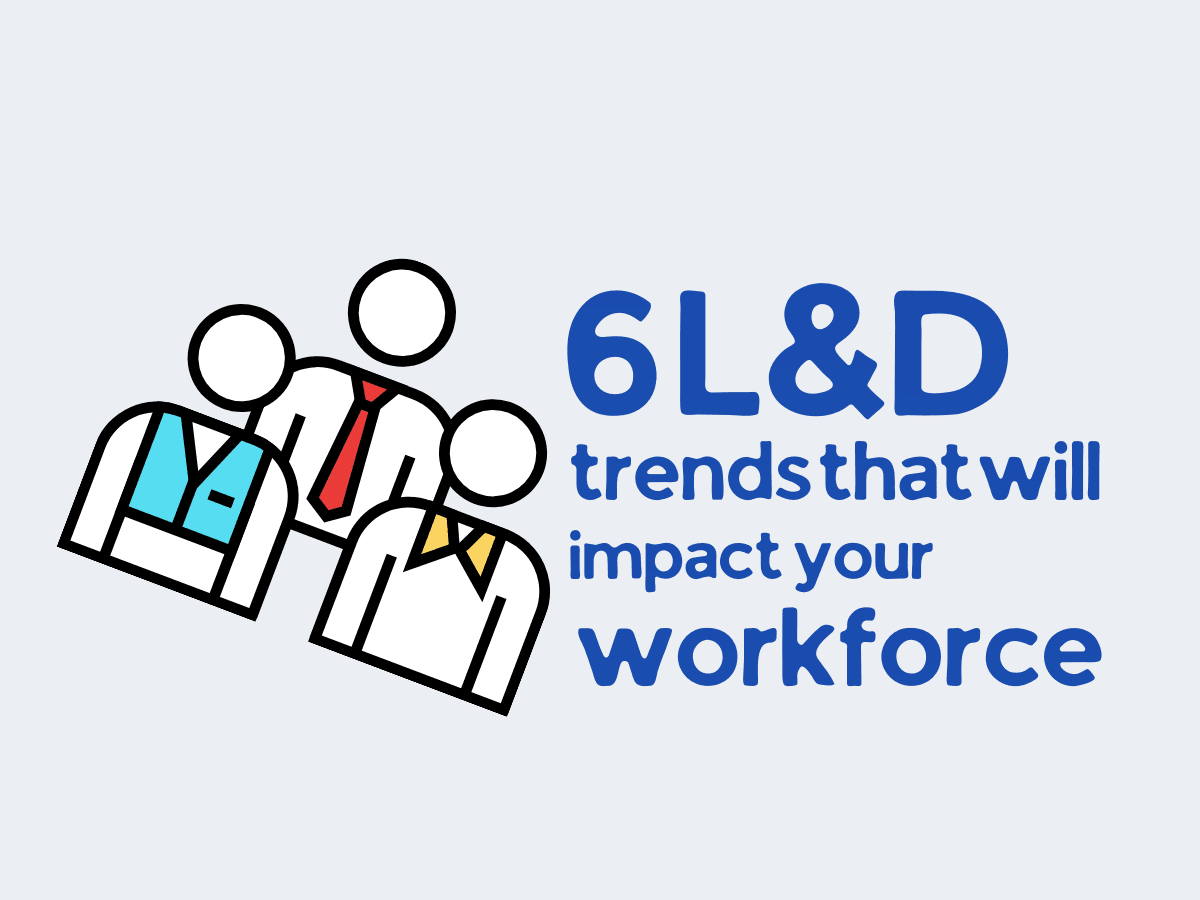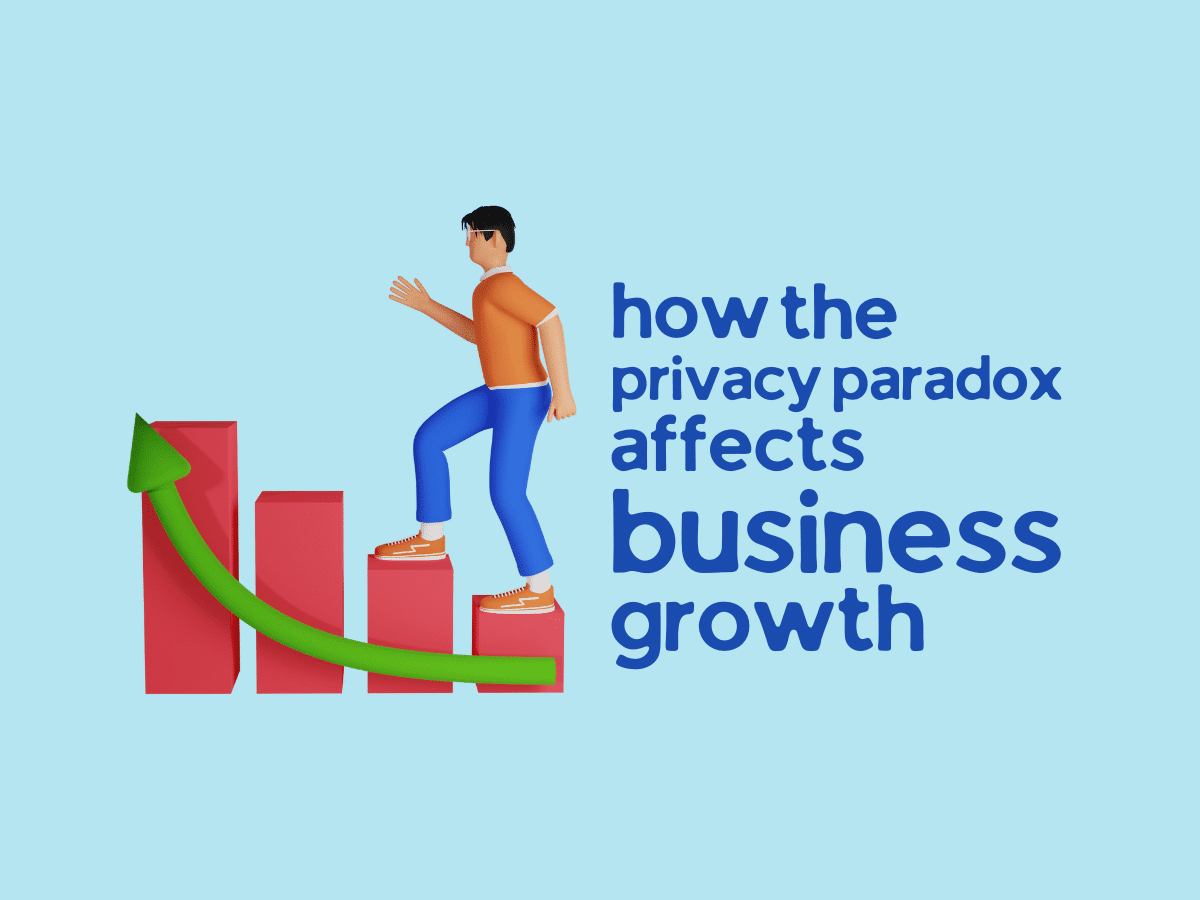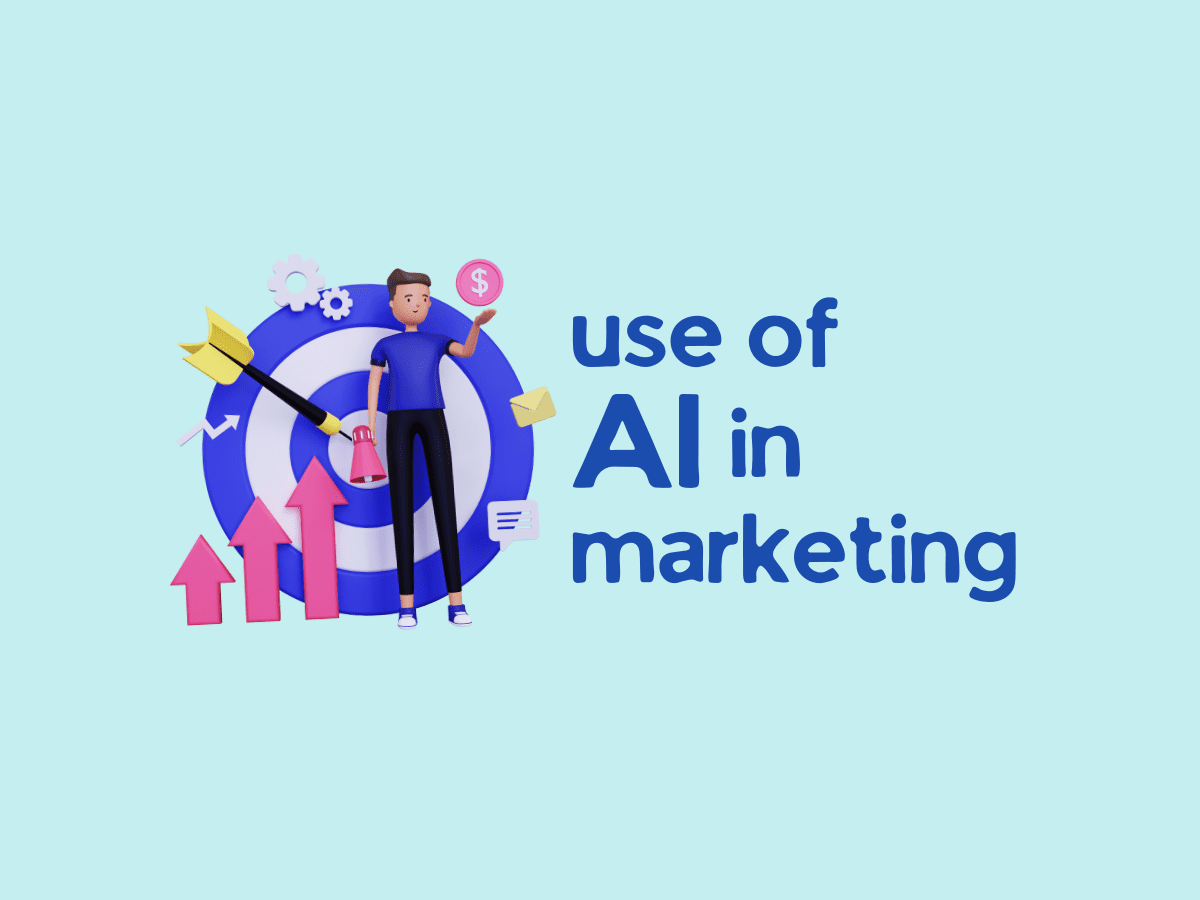With a global worth of a whopping $88 billion, the advertisement industry has been an arena of enormous prosperity ever since the advent of modern media. Mass media in itself was such a success and the reach of this beautiful industry across the globe was phenomenal. It becomes very trivial to a businessman that this platform could indeed play a pivotal role in growing their business. The spectacular reach of the media that was mentioned above went beyond imagination upon the advent of the internet. This is the moment entrepreneurs decided to exploit the wonderful opportunity of closely communicating with the consumer community and hence expanding their customer base.
The facts and figures regarding the growth of the advertising industry never fail to amaze critics. However, 90% of this growth is attributed to the two main giants of this industry: Google and Facebook. This sector is clearly under a duopoly. Both of these companies very strategically made it a point to establish their paid advertising domain dominant in the industry by consistently innovating themselves according to the needs of the users.
The competition is about to get really thrilling as the most popular eCommerce brand Amazon is making its mark by introducing its own paid advertisement domain: Amazon Ads. This will surely put enormous pressure on the current leaders: Facebook and Google as their new competitor is no mere rookie but powerful, global brands with a consumer community that is at par with these giants.
Even though paid advertising was available as an option to the vendors on amazon since 2012, the new API of Amazon has attracted several firms due to its self-advertising feature. This will surely throttle the growth and establishment of Amazon Ads in the advertising sector. A feature that could almost guarantee an incredible boost in the functionality, scope, and reach of the platform. The real question is “Can Amazon Ads really overtake Facebook and Google in the advertisement space with these features?”. To answer that question let’s first dwell on the various features of Amazon Ads.
Key Features:
Even though they are new to this space they did make a thunderous entry by putting a lot of focus into making this project innovative and appealing to the consumer community. Something that drew the attraction of several critics is the expansion of Amazon Ads beyond the evaluation and purchase stage of the buyer journey. With a wider Pay-Per-Click(PPC) based advertising setup the brands are given the comfort of creating and displaying targeted ads. This will break down the steps into almost 2 or 3 for the customer to place an order from an ad. This self-service feature added a very beautiful charm to this platform as it was something unique and something they never saw before in the advertisement space. They have also gained the attention of a lot of people with the variety of promotion opportunities they provide.
Even though they have made these unique enhancements in a general aspect they have followed the same tactics as the previously established giants.
Functionality
One of the basic requirements to utilize the full potential of amazon ads is to be a qualified member of the Buy Box. It is a white box that you can find at the right-hand end of the product page and it aids the customer to add suggested items directly into the cart hence preventing the hassle of redirecting to different product pages. It is also essential to own a Professional Seller Account or a Pro Merchant Account for a brand to use the various features provided by Amazon ads.

Sponsored Ad Reporting
Amazon ads crafted such an elegant feature to make sponsored ads more efficient and appealing. This was accomplished by adding the option of having a comprehensive reporting and analytical functionality which would allow brands to understand and study the success of their campaigns and hence optimize and find the best possible method to present their products and content.
The report was enhanced by adding the following elements:
- Detailed information on the performance of keywords and search terms
- Performance data and Campaign targeting data will be provided based on the results obtained from your active ads.
- Click Through Rate(CTR) performance of the advertised products
- Placement analytics will assist you with studying where the ads were placed or positioned
Product Category Targeting
Product category Targeting is a marvelous option provided by Amazon Ads that has made the platform very favorable for various brands in the commercial industry. It facilitates the brands or marketers with the option of selecting the specific categories relevant to the product they wish to advertise. However, these categories will be pre-determined by Amazon. This function will aid in making your product stand out and will draw more focus and attention to your advertisement. Hence making it much more relevant and attractive for the target audience.
Can Amazon Ads really take over?
Amazon Ads has surely entered tough competition. However, their fresh and innovative ideas have surely given them the early push to slowly catch up and maybe even get ahead. The only obstacle in its path is the customer’s perception. Being an e-shopping platform customers often visit Amazon with a product in mind and hence their focus will mostly be on that category of products. It is rare to see someone just browsing through Amazon to see what’s new or what’s up! So they will surely have to put a lot of effort into adding more and more features to boost themselves to new heights. They will have to find new ways to be more appealing to the customer and draw their attention to the variety of products they provide.
Being a pre-established brand in the eCommerce industry and being one of the most popular ones amongst them, Amazon’s new advertisement platform has already captured the attention of many big brands like L’Oreal. It was reported by the gift experience business Buyagift, that there was a wonderful increase of 79% in exposure and reach through Amazon ads optimization.
Even though the platform has only just been introduced, the immense potential and bright future of Amazon Ads are indeed captivating. Hungry for success, they are surely trying to raise the bar of the competition. With such healthy competition the already dominant competitors Facebook and Google shall also improve and innovate themselves. Hence without any doubt, we could guarantee that the growth of the advertisement industry will surely leave the world bedazzled in the coming years as well.






















